Jacob Gunnarson ’17 and Alexandra Cramer ’18 have taken over the operation of the Thomas Harriot Observatory following the retirement of its previous operator, Professor Robert Vold. The undergraduates are now providing researchers with access to the observatory and practicing astrophotography.
With a Meade LX200-ACF telescope, a SBIG STF-8300m camera for deep space pictures and a Canon DSL T3i for short exposure, Gunnarson and Cramer are responsible for thousands of dollars of technology. Gunnarson received training for the telescope from Professor Vold before his retirement.
“It’s definitely an unusual position. Professor [Wouter] Deconinck works with us on buying new equipment … and is acting as our Faculty-Observatory Liaison,” Gunnarson said.
The observatory came online in 2012 as one of the last components of the William H. Small Hall renovations. Although no astronomy major or minor is offered at the College of William and Mary, Director of Learning Laboratories Dayle Hancock says a handful of students elect to write their physics major senior thesis each year in astronomy.
“Demand for undergraduate research projects in astrophysics is growing, and the department plans to increase the use of the observatory by adding the capability of transmitting real-time images from the CCD camera attached to the Meade telescope into classrooms in Small Hall,” Hancock said in an email.
“We hope to be able to track movements of bands, possibly asteroid impacts on Jupiter,” Cramer said.
Gunnarson, who also serves as co-president of the Astronomy Club, stated that he and Cramer have several goals for operating the observatory.
“One of our goals is to get more people trained on this equipment. We’re trying to broaden the reach of the Observatory,” Gunnarson said.
Beyond the College, Gunnarson and Cramer were put in contact with Professor Kunio Sayanagi of Hampton University, as he needs a telescope for data collection for his research.
“The type of study I am trying to get myself into requires high-frequency observations, but those large telescopes on Earth and Space cannot look at the targets of interests very often because those national facilities are very oversubscribed,” Sayanagi said in an email. “…We are starting to look into upgrading the cameras and the computers at the observatory.”
Cramer is taking the lead in the collaboration between Sayanagi and the observatory. She and Gunnarson have been testing the equipment they have to see if it is capable of the tasks Sayanagi requires for his research.
“We hope to be able to track movements of bands, possibly asteroid impacts on Jupiter,” Cramer said.
Sayanagi’s research focuses on Jupiter and the small bodies around the planet.
“Once we have observational statistics on how often such impacts occur, we can constrain how many small bodies exist around Jupiter, which in turn will help us constrain how the solar system formed,” Sayanagi said.
Both Gunnarson and Cramer aspire to receive graduate degrees in the realm of astronomy, and said they are receiving valuable experience toward their goal through this opportunity.
“I think they have done a fantastic job in proving that the telescope is fully functional, so we are starting to look into upgrading the cameras and the computers at the observatory,” Sayanagi said.

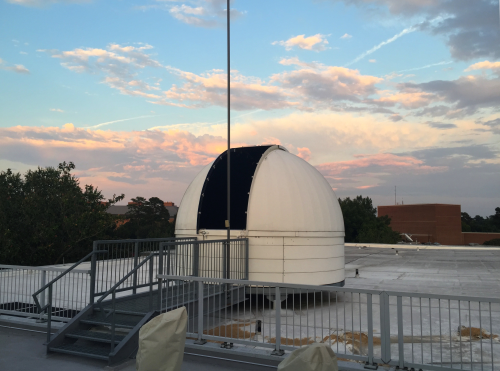

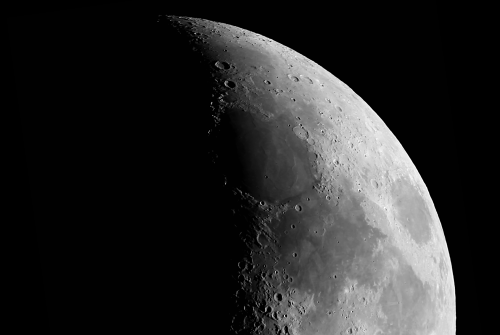
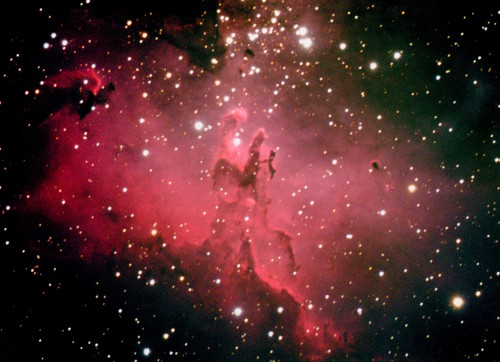
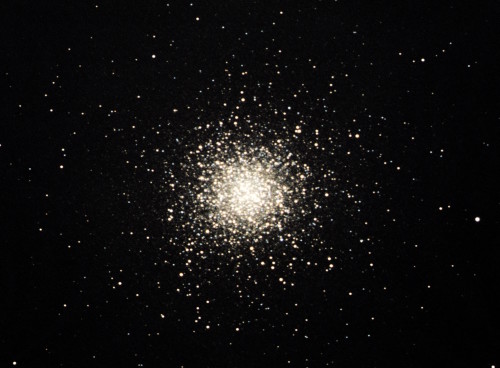
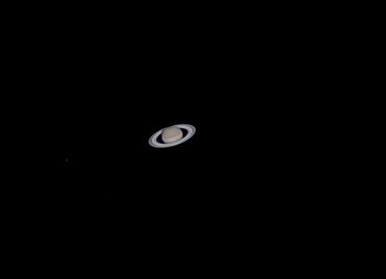
[…] Students take over operation of observatory – With a Meade LX200-ACF telescope, a SBIG STF-8300m camera for deep space pictures and a Canon DSL T3i for short exposure … Beyond the College, Gunnarson and Cramer were put in contact with Professor … […]